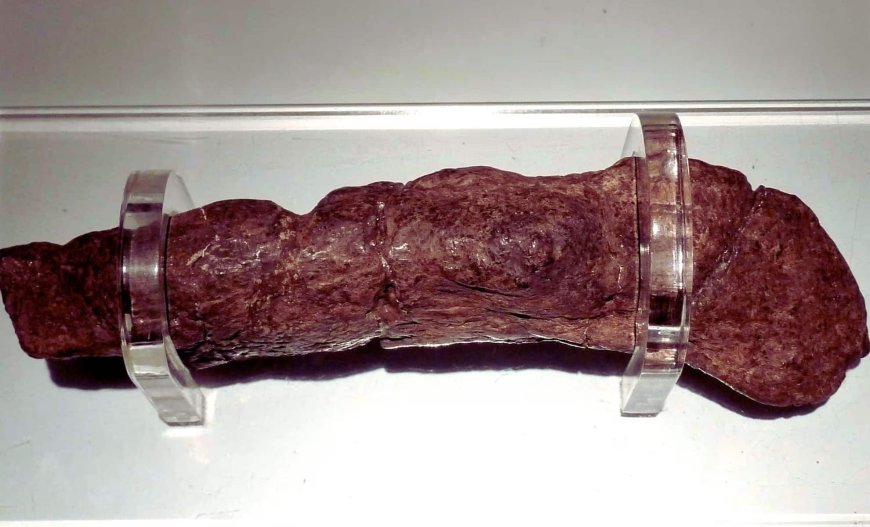Discover the Largest Fossilized Viking Poop Ever Found - Uncovering Surprising Secrets
In 1972, archaeologists in York, England found a fossilized human poop from the Viking era. This unique discovery sheds light on life in the 9th century and provides valuable insights into the past. Learn about the diet, health, and living conditions of Vikings through this ancient artifact.

In 1972, archaeologists in York, England, discovered a fossilized human excrement from the Viking era while excavating beneath a future Lloyds Bank branch. This unique find sheds light on life in the 9th century and offers valuable insights into the past.
The fossilized excrement, known as the 'Lloyds Bank turd,' is believed to belong to a Viking living in Jórvík, present-day York. The coprolite, measuring 20 cm in length and 5 cm in width, reveals details about the Viking's diet rich in whole grains and animal protein but lacking in fruits and vegetables.
Analysis of the coprolite also uncovered eggs of parasitic worms, indicating poor sanitation and hygiene practices during the Viking age. The presence of these parasites could have led to health issues like abdominal pain and malnutrition.
Despite its unusual nature, the coprolite is considered a significant archaeological find, valued at around $39,000. It provides valuable insights into Viking life and is on display at the JORVIK Viking Centre.
According to the source: Indian Defence Review.
What's Your Reaction?
 Like
0
Like
0
 Dislike
0
Dislike
0
 Love
0
Love
0
 Funny
0
Funny
0
 Angry
0
Angry
0
 Sad
0
Sad
0
 Wow
0
Wow
0














































































































































































